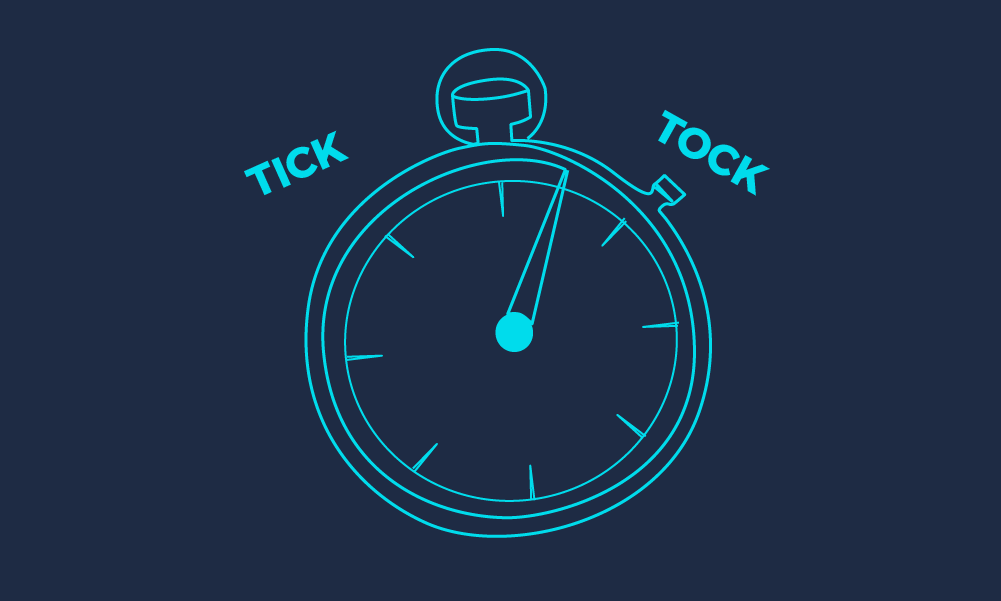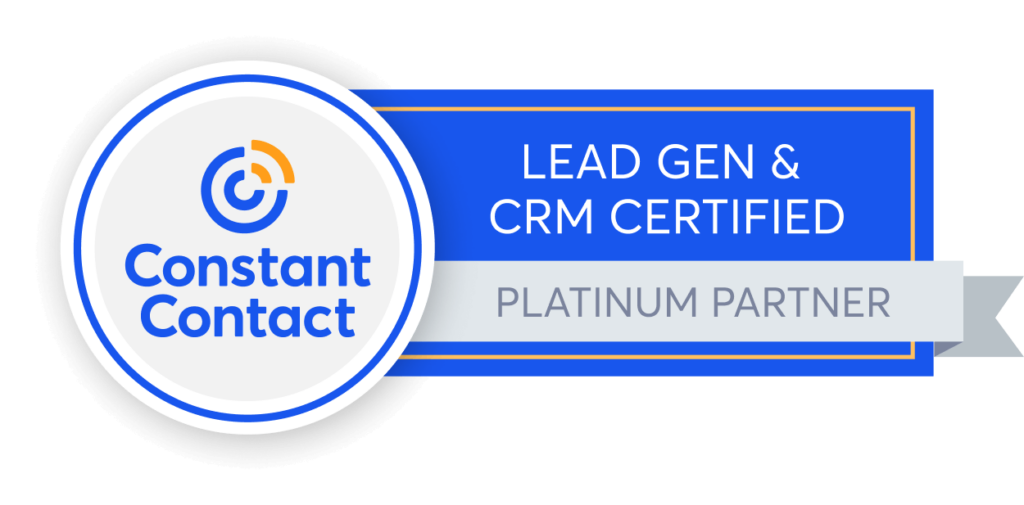Subheading
On Tuesday Google confirmed that page experience signals in ranking will roll out in May 2021.
On this page:

Setting New Standards
The news follows the May 2020 announcement of a new set of standards for measuring “page experience”. That is, whether a particular web page delivers its content in a way that gives a positive experience for the user.
The new signals will combine Core Web Vitals with existing search signals, including: mobile-friendliness, safe-browsing, HTTPS-security, and intrusive interstitial guidelines.
What does this mean for you as a website owner?
If you have started already, you need to ensure that your site, and landing pages, meet the new standards or risk seeing your search engine results penalised for poor performance (and higher performing competitors given a boost).
Fortunately Google has put in place clear guidelines for how they will measure page experience. And they have provided a suite of tools to help site owners identify and fix issues.
Search Console: use the report for Core Web Vitals for an overview of how your site is doing and a details into any issues.
Page Speed Insights: get your CWV score and suggestions on where to make improvements (also helpful for ongoing testing as you make changes to your site)
For the full suite of Google tools, visit Google’s Tools to measure Core Web Vitals.
For more detailed information, check out our previous blog post on the announcement back in May.
If you’d like help understanding the impact of page experience on your B2B digital marketing strategy, or with any other aspect of B2B digital marketing, contact us today for a no-obligation consultation.
On this page:
Subscribe
Everything B2B Marketers Should Know about LinkedIn Content Creators
How you can transform your C-suite and employees into LinkedIn Content Creators—and why it’s a good idea.
GEO Best Practice: Authority and Answers
Learn how to build authority and craft AI-ready answers with GEO (Generative Engine Optimization) — a must-know for B2B marketers.
Preparing for AIOs and Agentic Search: Top Tips for B2B Marketers
AI is changing the world fast and SEO is no exception. Here’s how to start preparing for AIOs and agentic search now.



